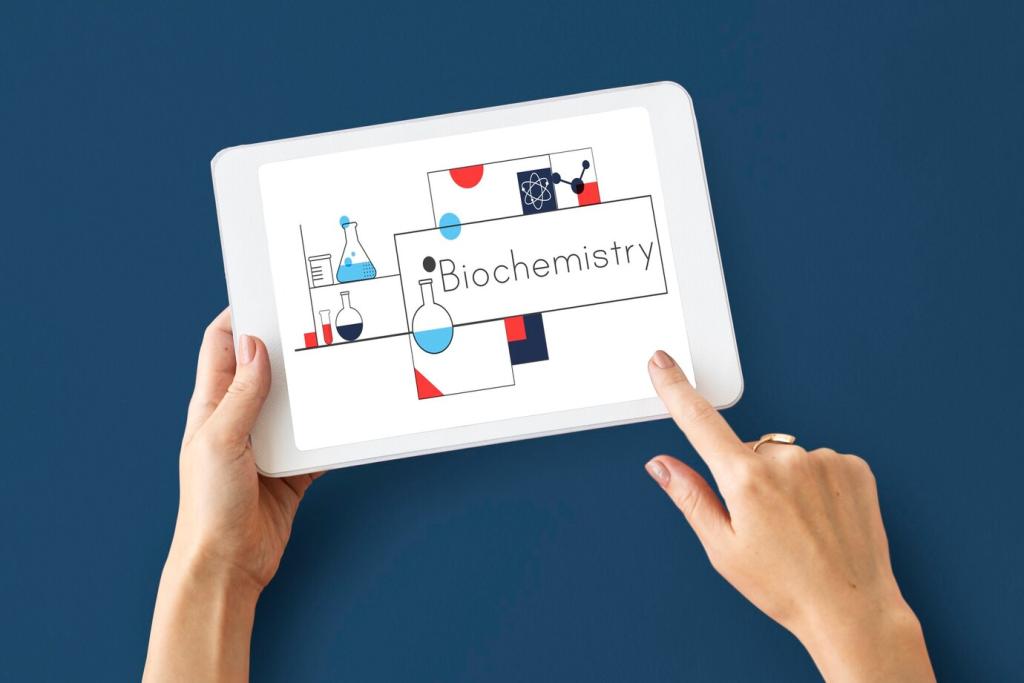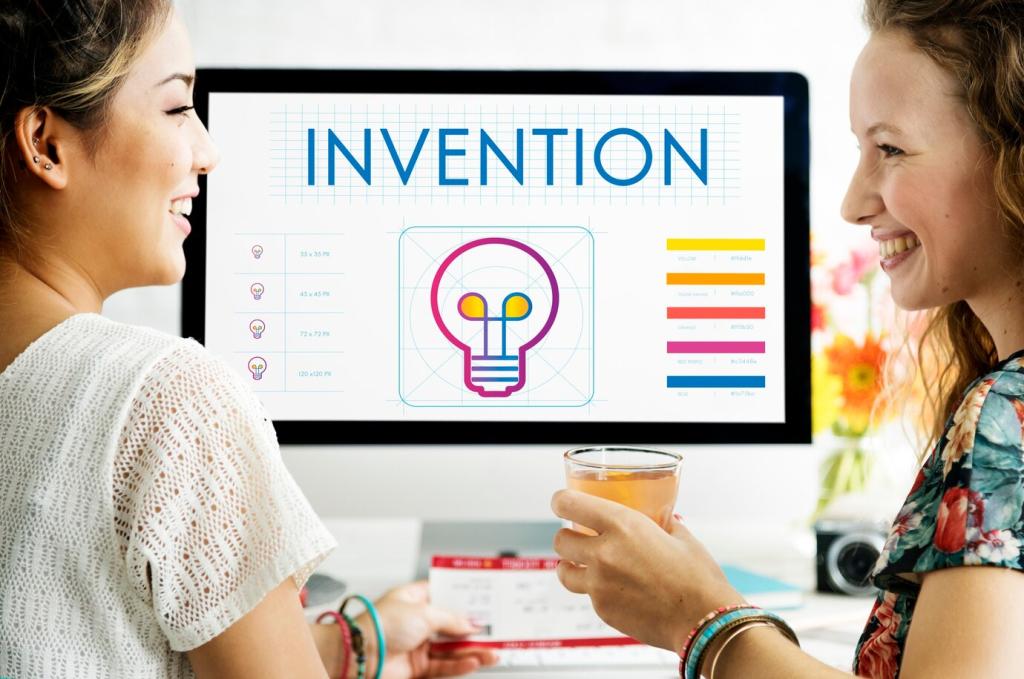Define a Voice That Can’t Be Imitated
Instead of rigid personas, map a spectrum of personality traits your product embodies across contexts: bold in headlines, reassuring in onboarding, practical in help text. This dynamic approach protects uniqueness without sacrificing clarity.
Define a Voice That Can’t Be Imitated
Write one brave sentence that stakes a clear claim: who you serve, what you change, and how life looks after. If it sounds interchangeable with competitors, keep sharpening until only you could say it.








